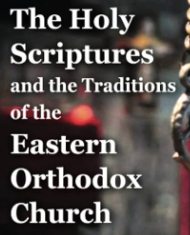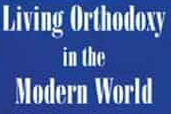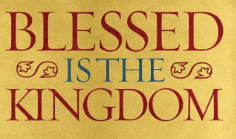
The Orthodox Church has a rich tradition of engaging with the Holy Scriptures, characterized by a deep reverence for the text, an emphasis on the Church’s interpretive tradition, and the use of the Septuagint as the Old Testament’s primary text. This study explores how the Orthodox Church approaches the Bible, including the role of the Septuagint and the New Testament and the principles of patristic exegesis.
Introduction
The Orthodox Church views the Bible as the living Word of God, central to its worship, theology, and spiritual life. The Scriptures are not read in isolation but within the context of the Church’s Tradition, which includes the writings of the Church Fathers and the liturgical life of the Church.
The Role of the Septuagint
- The Septuagint in Orthodox Tradition
-
- The Septuagint, a Greek translation of the Hebrew Scriptures, holds a place of honor in the Orthodox Church. It is preferred for liturgical use and theological study due to its apostolic era usage and its quotations in the New Testament.
- Luke 4:16-21: Jesus reads from the scroll of Isaiah in the synagogue, quoting the Septuagint version. This passage exemplifies the New Testament authors’ use of the Septuagint.
- Significance of the Septuagint
-
- The Septuagint is valued for its historical, theological, and liturgical significance. It is considered by many in the Orthodox tradition to be inspired, reflecting the Church’s belief in the Holy Spirit’s guidance in its translation.
The New Testament
- Formation and Canon
-
- The New Testament canon was recognized over time through its use in liturgy and acceptance by the early Church. The Orthodox Church emphasizes the canon’s formation within the life of the Church, guided by the Holy Spirit.
- 2 Peter 3:15-16: Peter refers to Paul’s letters as Scripture, indicating the early recognition of New Testament writings as authoritative.
- Christ as the Fulfillment of Scripture
-
- The Orthodox Church reads the Old Testament in the light of Christ’s life, death, and resurrection. The New Testament is seen as fulfilling the Old Testament prophecies and promises.
- Matthew 5:17: “Do not think that I have come to abolish the Law or the Prophets; I have not come to abolish them but to fulfill them.”
Principles of Patristic Exegesis
- The Fourfold Sense of Scripture
-
- The Church Fathers often interpreted Scripture according to a fourfold sense: literal, moral, symbolic, and anagogical. This approach seeks to uncover the spiritual meanings behind the literal text.
- Origen of Alexandria is known for his allegorical interpretation of Scripture, emphasizing the spiritual over the literal meaning.
- Scripture within Tradition
-
- Orthodox exegesis places Scripture within the context of Holy Tradition. The Church Fathers, Ecumenical Councils, and liturgical texts provide a framework for interpreting the Bible.
- 2 Thessalonians 2:15: “So then, brothers and sisters, stand firm and hold fast to the traditions that you were taught by us, either by word of mouth or by our letter.”
- The Centrality of Christ
-
- Christ is the center of Scripture for the Orthodox Church. The Fathers read the Old Testament as pointing towards Christ and the New Testament as revealing Him.
- Luke 24:27: “And beginning with Moses and all the Prophets, he interpreted to them in all the Scriptures the things concerning himself.”


